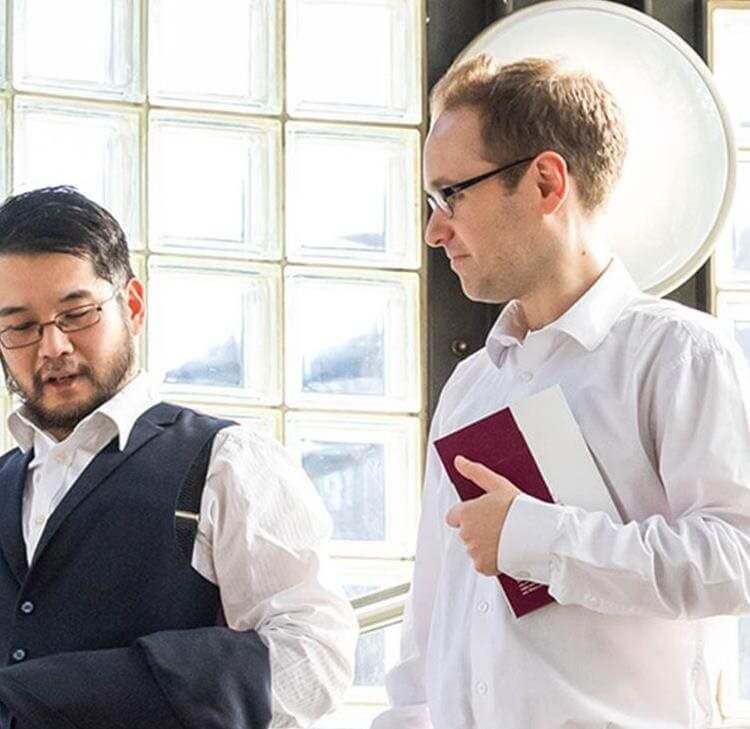A longer version of this article was first published on Today’s Wills and Probate.
This summer has seen two high profile cases on the meaning of “child” in relation to wills and family trust disputes.
This article looks at Marcus v Marcus, which held that the defendant was a child of the deceased for the purposes of a family trust, despite the court also finding that, biologically speaking, the defendant was not a child of the person who created the trust.
Marcus v Marcus: Case background
The background to the case is worth reading in detail:
- In 1973 Stuart Marcus married Patricia. Stuart was already well on his way to becoming a successful entrepreneur by this time, and he would continue to be a very successful businessperson, specialising in children’s toys.
- Stuart and Patricia had two children; Edward, who was born in 1978, and Jonathan, who was born in 1981.
- In November 2003 Stuart settled a trust. Insofar was as relevant to the claim, the beneficiaries of the trust included “the children and remoter issue of the Settlor….”.
- Stuart passed away in 2020. By the time the matter came to trial the assets in the trust were reportedly worth around £14.5m.
- However, in 2010, without Stuart’s knowledge, Patricia told Edward that Stuart was not in fact his biological father. Instead, his father was a partner from a law firm in Norwich.
Naturally enough with cases involving families and money that make it as far as a trial, Edward and Jonathan had a huge fallout in the years that followed, with Patricia giving evidence on Jonathan’s behalf.
The primary question for the court to resolve became, was Edward to be considered a child of Stuart and therefore within the class of beneficiaries in the trust?
The trial
The court heard expert evidence on the issue of DNA testing, based on samples given by Edward, Jonathan and Patricia, but not from Stuart.
The expert’s report concluded that Edward and Jonathan were, in all likelihood, only half siblings, and not full siblings. Unsurprisingly the court had little hesitation in accepting this evidence, and held that Edward was not Stuart’s biological son.
The court having found that Stuart was not Edward’s biological father, the question then became whether Edward was a “child” of Stuart’s for the purposes of the trust.
The court undertook an analysis of the law, authorities and commentary on questions of construction in this context. Put as succinctly as possible, the starting point is:
“….. the court is concerned to identify the intention of the [settlor] by reference to what a reasonable person, having all the background knowledge which would have been available to the parties, would have understood them to be using the language in the [Trust] to mean.
The court's task is to ascertain the objective meaning of the language….This is not a literalist exercise; the court must consider the [Trust] as a whole and, depending on the nature, formality, and quality of drafting of the [Trust] give more or less weight to elements of the wider context in reaching its view as to that objective meaning.”
In other words, the court needs to find subjective intention, but by applying an objective test. Applying this test, the judgment records:
“The reasonable person who is undertaking this exercise knows about the family context and the purposes of creating the Settlement. It is known that Stuart was unlikely to have any further children. He had created a successful business that he had founded. He had a family with two sons who had reached their early twenties. There was no reason why Stuart should have wanted to have treated differently or to have benefitted any child or children other than Edward and Jonathan.”
I consider that the surrounding circumstances point overwhelmingly in favour of a wider meaning than biological child being adopted. A reasonable person in knowledge of the relevant facts would readily conclude that when using "children" Stuart intended this word to be understood as meaning Edward and Jonathan; and not "Edward and Jonathan provided they are in fact my biological sons."
What can we learn?
Normally these articles end with a warning to "take legal advice" and/or to ensure you instruct a "specialist" in the field required. Stuart had done just that, and yet this matter still reached a, no doubt expensive, three-day trial.
This case is a useful illustration that the law does not always apply common sense, and it can produce some results that might appear to defy logic to a lay person.
If you would like to discuss a family trust dispute, please get in contact.
Contact

Daniel Edwards
Partner
daniel.edwards@brownejacobson.com
+44 (0)330 045 2533





















